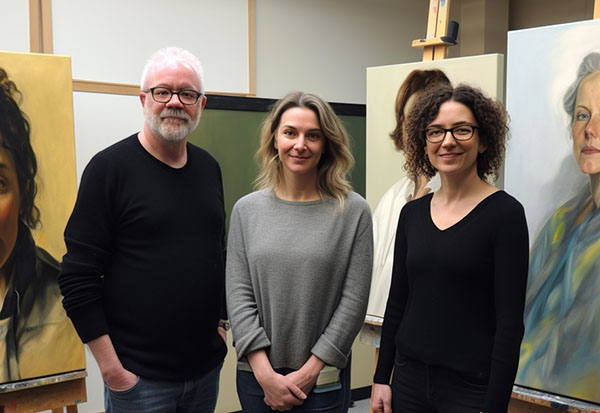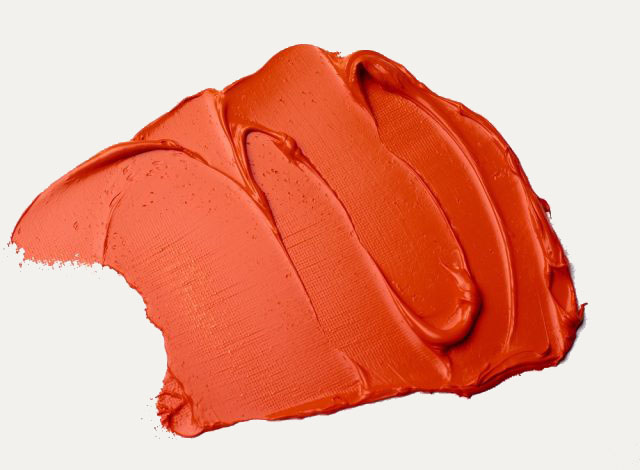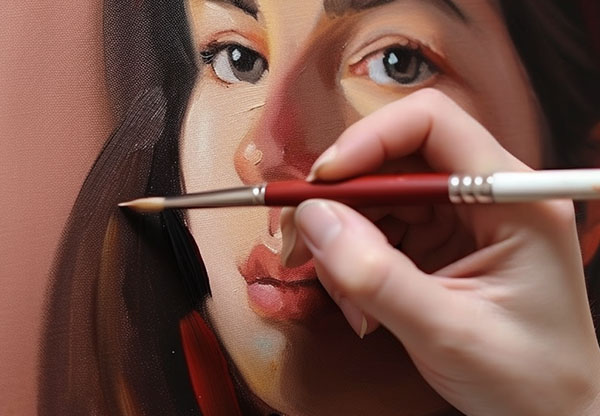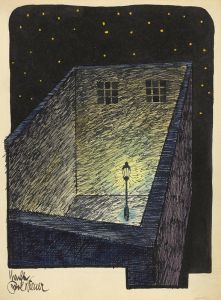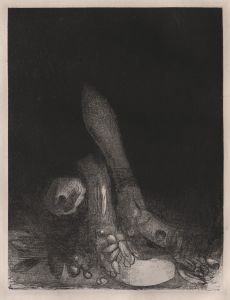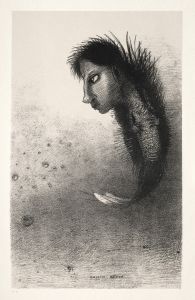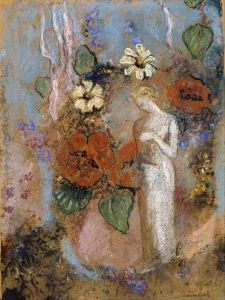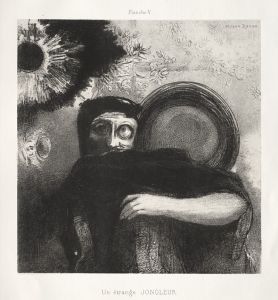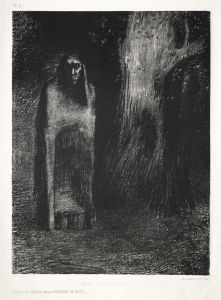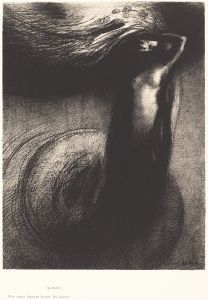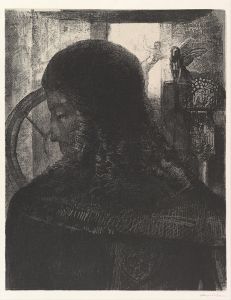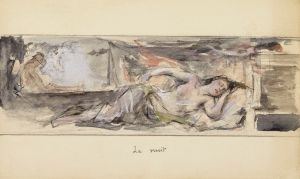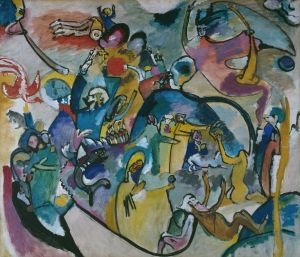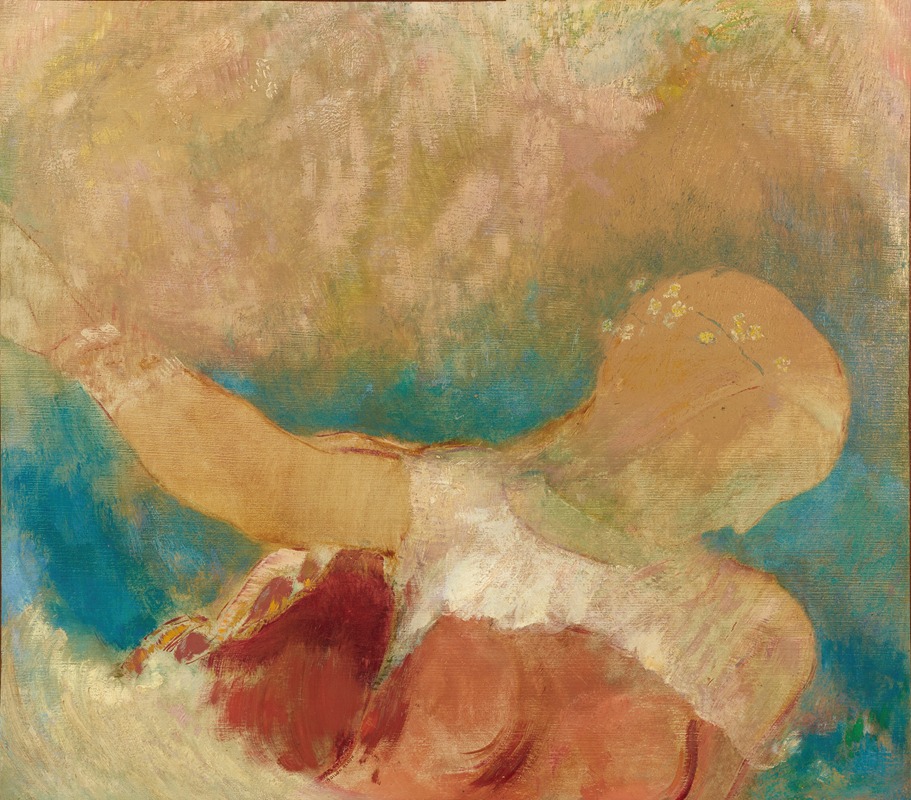
Ophélie
A hand-painted replica of Odilon Redon’s masterpiece Ophélie, meticulously crafted by professional artists to capture the true essence of the original. Each piece is created with museum-quality canvas and rare mineral pigments, carefully painted by experienced artists with delicate brushstrokes and rich, layered colors to perfectly recreate the texture of the original artwork. Unlike machine-printed reproductions, this hand-painted version brings the painting to life, infused with the artist’s emotions and skill in every stroke. Whether for personal collection or home decoration, it instantly elevates the artistic atmosphere of any space.
Odilon Redon was a French symbolist painter, printmaker, draughtsman, and pastellist, known for his unique and imaginative works that often explored themes of dreams, fantasy, and the subconscious. One of his notable works is "Ophélie," a painting that reflects his interest in literature and the symbolic potential of art.
"Ophélie" is inspired by the character Ophelia from William Shakespeare's play "Hamlet." In the play, Ophelia is a tragic figure who descends into madness and ultimately drowns in a river. This character has been a popular subject in art and literature, symbolizing innocence, beauty, and tragic fate. Redon's interpretation of Ophelia is consistent with his symbolist approach, where he often sought to evoke emotions and ideas rather than depict realistic scenes.
Redon's "Ophélie" is characterized by its ethereal and dreamlike quality. The painting captures the essence of Ophelia's tragic beauty and her connection to nature. Redon employs a soft color palette and delicate brushwork to create a sense of otherworldliness. The figure of Ophelia is often depicted surrounded by flowers and water, elements that are closely associated with her character in Shakespeare's play. These elements also align with Redon's interest in the natural world and its symbolic meanings.
In Redon's work, Ophelia is not just a literary character but a symbol of the intersection between human emotion and the natural environment. The use of flowers, for instance, can be seen as a representation of both beauty and the transience of life. Water, on the other hand, is often associated with the subconscious and the flow of emotions, which ties into Ophelia's descent into madness.
Redon's artistic style in "Ophélie" reflects his broader body of work, which often blurs the lines between reality and imagination. His use of color and form is not intended to replicate the physical world but to evoke a sense of mystery and introspection. This approach is typical of the symbolist movement, which sought to express the ineffable and explore the deeper meanings behind the visible world.
While specific details about the creation and exhibition history of "Ophélie" by Odilon Redon may not be extensively documented, the painting remains an important example of his symbolist approach and his ability to convey complex emotions through art. Redon's work continues to be celebrated for its innovative use of color and form, as well as its ability to inspire contemplation and emotional response.
Overall, "Ophélie" by Odilon Redon is a testament to the artist's skill in merging literary inspiration with his unique artistic vision, creating a work that resonates with the themes of beauty, tragedy, and the mysteries of the human psyche.

